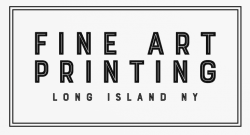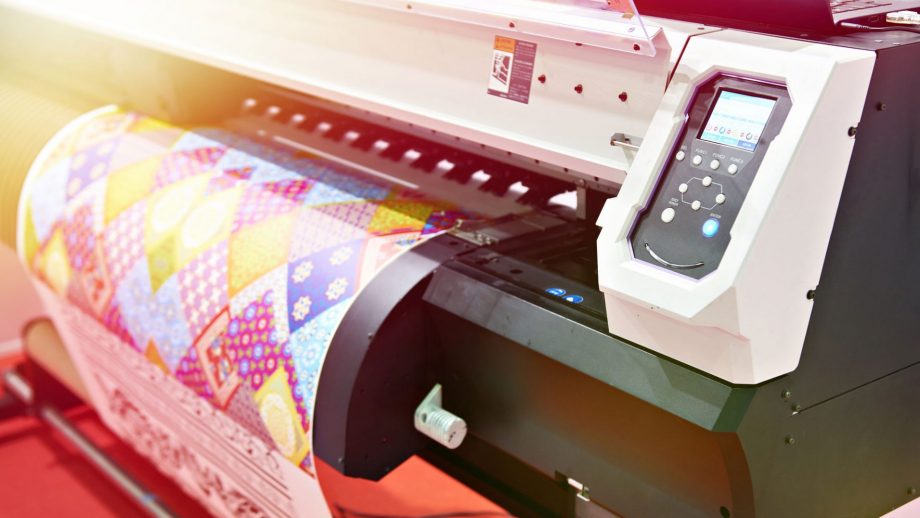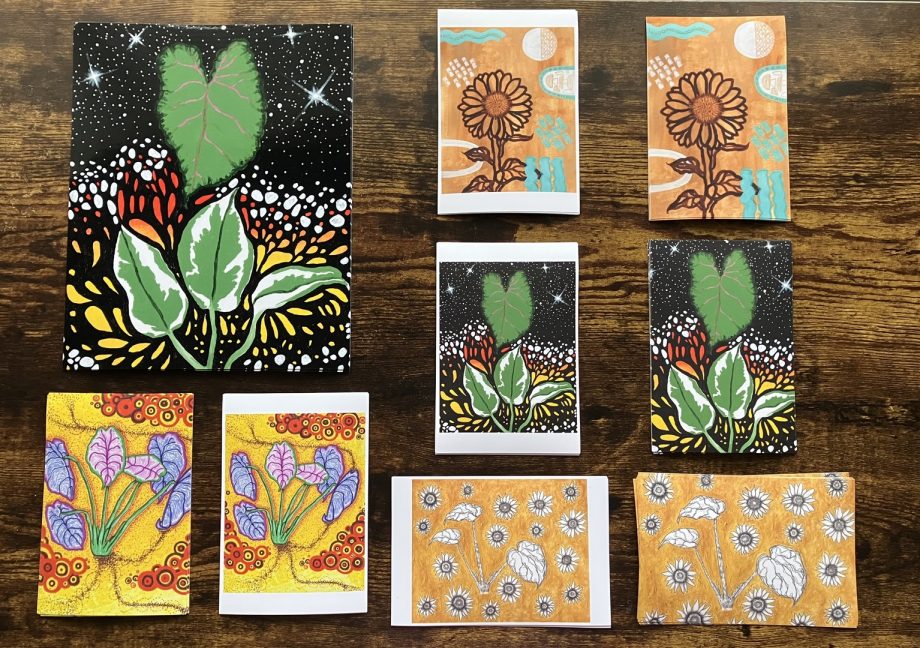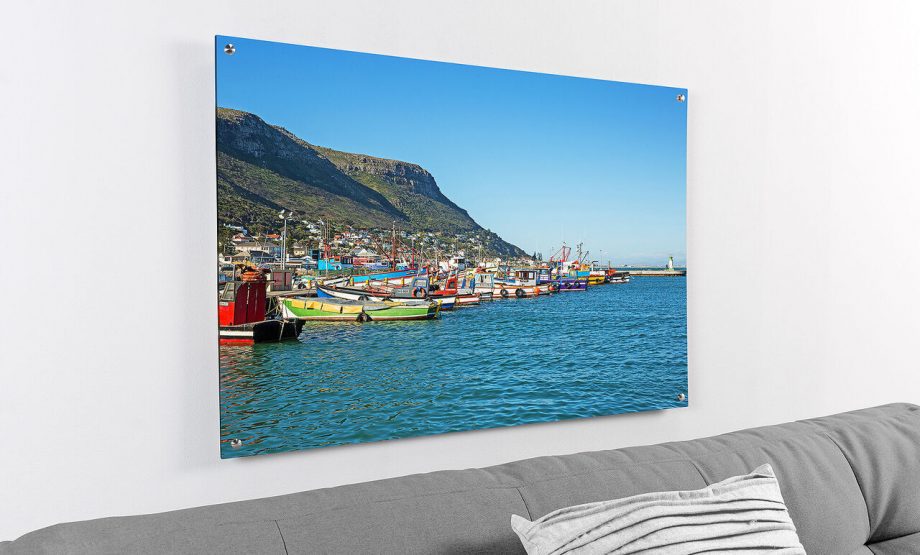Art is a beautiful expression of creativity and imagination, and printing is one way to bring these artistic visions to life. Fine art printing is a meticulous process that requires specialized skills and knowledge of various techniques to create high-quality reproductions of original artworks. Let’s explore some of these techniques and how they impact the final product.
1. Giclée Printing
Giclée (pronounced ‘zhee-clay’) is a French term meaning ‘to spray or squirt’, which perfectly describes how this printing process works. The technique uses high-quality archival inks sprayed onto the paper or canvas, resulting in a print with vibrant colors and exceptional detail. Giclée prints are highly valued for their fidelity to the original artwork and their longevity.
2. Lithography
Lithography is a traditional printing technique that involves creating an image on a flat surface, then using oil and water to transfer that image onto paper. This process is ideal for producing large volumes of prints with consistent quality. While lithography can be labor-intensive, the resulting prints have a unique texture and depth that many artists and collectors appreciate.
3. Screen Printing
Also known as serigraphy, screen printing is a technique that involves pushing ink through a mesh screen onto the printing surface. Each color in the artwork requires a separate screen, making this a time-consuming process for complex designs. However, screen prints are highly durable and can be created on a variety of materials, including fabric, wood, and metal.
4. Digital C-Prints
Digital C-Prints, also known as Chromogenic prints, involve exposing light-sensitive paper to lasers or LEDs, then developing the print using traditional photographic chemicals. This process can create highly detailed, continuous-tone prints that closely resemble traditional photographs. Digital C-Prints are a popular choice for photographers and artists who work in digital mediums.
5. Letterpress
Letterpress is one of the oldest forms of printing, and it’s experiencing a resurgence in popularity due to its unique aesthetic. This process involves pressing inked letters or designs onto paper, creating an impression that you can feel. Letterpress prints have a tactile quality and a vintage charm that make them stand out.
Each of these fine art printing techniques offers different benefits and aesthetic qualities. The best method for a particular artwork depends on the artist’s vision, the type of original work (painting, photograph, digital art, etc.), and the desired look and feel of the final print.
At Fine Art Printing Long Island, we are experts in various fine art printing techniques. We work closely with artists and art enthusiasts to select the best method for each piece, ensuring the highest quality prints that accurately represent the original artwork. Our commitment to quality and attention to detail make us the trusted choice for fine art printing in Long Island.




